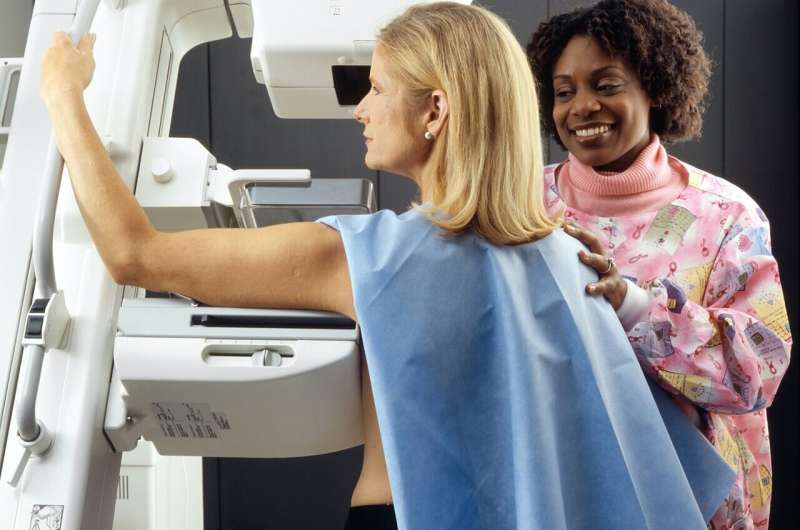Researchers are exploring a potential new approach to treating breast cancer, merging photodynamic therapy (PDT), which uses light-activated drugs to destroy cancer cells, with ferroptosis, a method of killing cancer cells via iron overload and fat damage.
Initial findings suggest that these two methods might enhance each other’s effectiveness: PDT weakens the cells, clearing the way for ferroptosis to destroy them. Although still in the early stages of laboratory testing, the treatment shows great promise in advancing care by offering a safer, more targeted alternative to conventional treatments.
At the heart of this development are engineered particles made from red blood cell membranes, designed to safely deliver cancer-fighting drugs. To enhance precision, scientists added a targeting molecule called RGD peptide, which helps the particles stick to breast cancer cells. The drugs were gently loaded onto the particles using mild ultrasound, preserving their stability and function.

